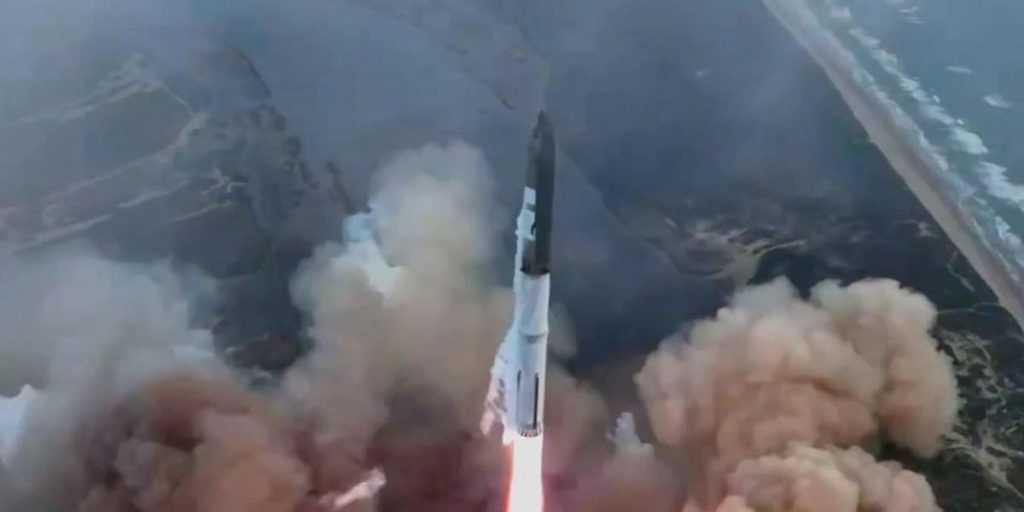SpaceX lost contact with its Starship rocket during reentry over the Indian Ocean on Thursday, but the third test flight was nevertheless declared successful since it advanced further than the previous two tests.
The unmanned spaceship successfully launched from the company’s base in Boca Chica, Texas, at 8:25 a.m. local time.
Elon Musk, CEO of SpaceX, praised the company’s arrival into space, saying on X, “Starship gained orbital velocity! Congratulations, @SpaceX team!!”
NASA Administrator Bill Nelson wrote on X, “Congratulations to @SpaceX on a successful test flight! The starship has risen into the sky. Together, we are making significant progress through Artemis to return humanity to the Moon—and eventually on to Mars.”
The rocket is being tested as the corporation aims to fly to the moon and, eventually, Mars.
“As the most powerful launch system ever developed, Starship will be able to carry up to 100 people on long-duration, interplanetary flights,” according to the corporation. “Starship will also enable satellite delivery, the development of a Moon base, and point-to-point transport here on Earth.”
Musk touted the Starship, which weighs around 5,000 tons, as “the largest flying object ever made.”
SpaceX completed its second Starship rocket test flight in November 2023, during which the booster exploded after separation and the spacecraft seemed to detonate after reaching space.

The Federal Aviation Administration had stated that it would oversee a mishap investigation headed by SpaceX to discover the root cause of the occurrence and how to prevent it from happening again and that no further launches would be permitted until it was satisfied that there was no risk to public safety. The FAA approved SpaceX’s third test flight on Wednesday.
Thursday’s spacecraft was in orbit for more than 45 minutes when the command center lost communication with it.
The FAA reiterated on Thursday that it would oversee SpaceX’s inquiry into the “mishap” with the third launch of the Super Heavy rocket and Starship vehicle.
“No public injuries or public property damage have been reported,” the Federal Aviation Administration (FAA) said. “The FAA is overseeing the SpaceX-led mishap investigation to ensure the company complies with its FAA-approved mishap investigation plan and other regulatory requirements.”
The rocket was forced to self-destruct around three minutes after liftoff during the first test in April 2023 due to booster separation failure.